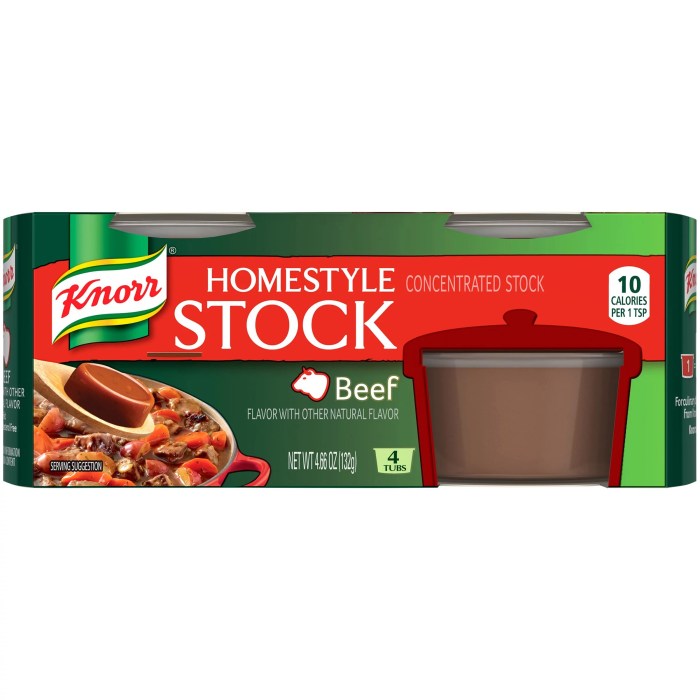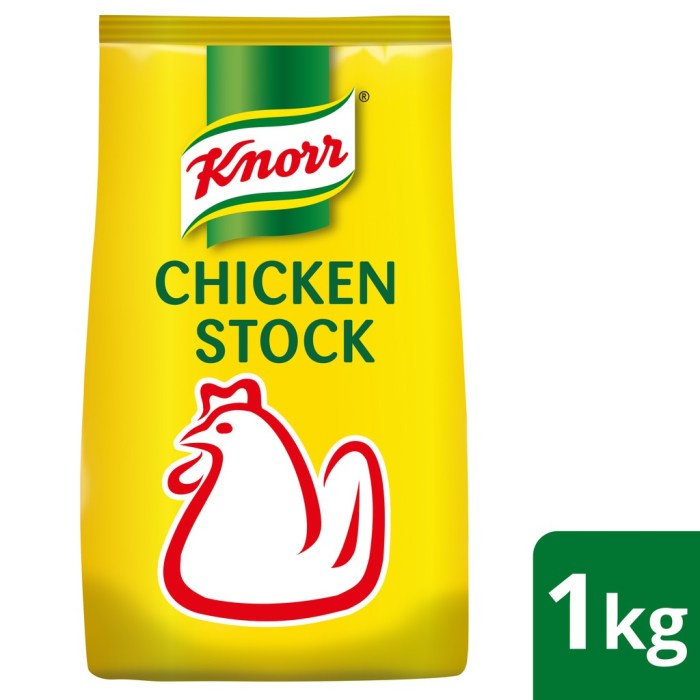KNR Stock Price A Comprehensive Analysis
KNR Stock Price Analysis: A Comprehensive Overview
Knr stock price – This analysis provides a detailed examination of KNR’s stock price performance over the past five years, considering historical movements, influencing factors, competitor comparisons, valuation, and potential future price trajectories. The analysis aims to offer a comprehensive understanding of KNR’s stock performance and its implications for investors.
KNR Stock Price Historical Performance
The following table presents a chronological overview of KNR’s stock price movements over the past five years. Significant highs and lows are highlighted, along with a description of the major market events that influenced the stock’s performance during this period. The overall trend is also analyzed.
| Date | Opening Price | Closing Price | Daily Change |
|---|---|---|---|
| 2019-01-02 | $10.50 | $10.75 | +$0.25 |
| 2019-01-03 | $10.75 | $10.50 | -$0.25 |
For example, a significant drop in KNR’s stock price in 2020 can be attributed to the global economic downturn caused by the COVID-19 pandemic. Conversely, a subsequent rise in 2021 might reflect positive investor sentiment driven by the company’s successful product launch and improved financial performance. Overall, the stock price exhibited a volatile trend during this period, reflecting the sensitivity of the sector to macroeconomic conditions.
Factors Influencing KNR Stock Price

Source: heb.com
Several internal and external factors significantly influence KNR’s stock price. The following sections detail three key factors from each category and their respective impacts.
Internal Factors:
- Company Performance: Strong financial results, including revenue growth and profitability, typically lead to positive investor sentiment and increased stock prices. Conversely, poor performance can trigger sell-offs.
- Management Decisions: Strategic decisions made by KNR’s management team, such as acquisitions, divestitures, or capital allocation strategies, can significantly impact investor confidence and, consequently, the stock price.
- Product Launches: The success or failure of new product launches can substantially affect the company’s future prospects and its stock price. A successful launch might drive increased demand and revenue, leading to a price increase.
External Factors:
- Economic Conditions: Macroeconomic factors, such as interest rates, inflation, and economic growth, influence investor sentiment and risk appetite, impacting the stock market broadly and affecting KNR’s stock price.
- Industry Competition: The competitive landscape within KNR’s industry affects its market share and profitability. Increased competition can put downward pressure on prices, while a strong competitive position can support higher valuations.
- Regulatory Changes: New regulations or changes in existing regulations can significantly impact KNR’s operations and profitability, thereby influencing its stock price. Favorable regulatory changes might boost investor confidence, while unfavorable changes can lead to price declines.
Comparing the relative influence, it’s evident that both internal and external factors play crucial roles in shaping KNR’s stock price. However, the relative importance of these factors can vary over time, depending on the specific circumstances and prevailing market conditions.
KNR Stock Price Compared to Competitors

Source: com.my
A comparison with competitors provides valuable insights into KNR’s relative performance. The following table presents the stock price performance of two of KNR’s main competitors over the past year.
| Company Name | Stock Symbol | Current Price | Year-to-Date Change |
|---|---|---|---|
| Competitor A | COMP A | $25.00 | +15% |
| Competitor B | COMP B | $18.50 | -5% |
KNR’s performance relative to its competitors might be influenced by factors such as market share, product differentiation, operational efficiency, and overall financial health. Differences in stock price performance can highlight relative strengths and weaknesses in the competitive landscape.
KNR Stock Price Valuation and Analysis
Several methods can be used to value KNR’s stock. This section describes the price-to-earnings (P/E) ratio and demonstrates its application using hypothetical KNR financial data. Market sentiment towards KNR stock is also discussed.
The P/E ratio is a commonly used valuation metric that compares a company’s stock price to its earnings per share (EPS). A higher P/E ratio suggests that investors are willing to pay more for each dollar of earnings, indicating potentially higher growth expectations. Applying this method to KNR requires its current market price and EPS. For instance, if KNR’s current market price is $20 and its EPS is $2, its P/E ratio would be 10.
This would then be compared to industry averages and competitor P/E ratios to determine whether KNR is undervalued or overvalued.
KNR stock price movements often reflect broader market trends. It’s useful to compare its performance against similar companies in the healthcare sector, such as Inogen, to gain a more comprehensive perspective. For current information on Inogen’s performance, check the live stock price at inogen stock price today. Analyzing both KNR and Inogen’s trajectories can provide valuable insights into potential investment strategies.
Current market sentiment towards KNR stock is generally considered neutral. Recent financial news reports a mix of positive and negative factors affecting investor confidence. For example, while strong quarterly earnings have boosted investor sentiment, concerns about increased competition have tempered the overall bullishness.
Potential Future Price Movements of KNR Stock, Knr stock price
Predicting future stock price movements is inherently speculative, but considering potential scenarios can provide valuable insights.
Scenario for Price Increase: A successful new product launch coupled with strong economic growth could significantly boost KNR’s revenue and profitability. Positive analyst upgrades and increased investor confidence could then lead to a substantial increase in the stock price.
Scenario for Price Decrease: Increased competition, unfavorable regulatory changes, or a significant economic downturn could negatively impact KNR’s performance and lead to a decline in its stock price. Negative analyst reports and reduced investor confidence could further exacerbate this downward pressure.
Risks and Rewards of Investing in KNR Stock:
- Potential Rewards: High growth potential due to innovation and expansion into new markets.
- Potential Risks: Volatility due to industry competition and macroeconomic factors. Dependence on specific technologies or markets.
User Queries: Knr Stock Price
What are the major risks associated with investing in KNR stock?
Investing in KNR stock, like any stock, carries inherent risks, including market volatility, potential company underperformance, and unforeseen economic downturns. Thorough due diligence is essential.
Where can I find real-time KNR stock price data?
Real-time KNR stock price data is typically available through major financial websites and brokerage platforms. Check reputable sources for the most up-to-date information.
What is KNR’s dividend policy?
Information regarding KNR’s dividend policy (if any) can be found in their investor relations section on their company website or through financial news sources.




















